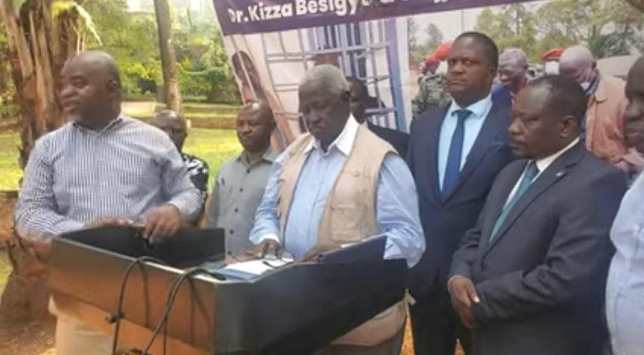As the political landscape continues its relentless evolution, one crucial factor remains constant: the imperative for political parties to construct strong and well-defined structures. In today’s dynamic environment, parties that lack clear organizational frameworks risk being left behind.
In this article, we delve into the reasons why the development of structures is indispensable for political parties to not only survive but thrive.
Efficient Organization and Coordination:
Party structures serve as the backbone of organization and coordination, enabling parties to operate with efficiency and purpose. By establishing defined roles and responsibilities, members can work collectively towards common goals, maximizing their impact.
This organized framework also facilitates seamless communication, ensuring that messages are conveyed clearly and consistently, thereby enhancing the party’s effectiveness.
Accountability and Representation:
The establishment of robust party structures ensures accountability and representation, with elected officials being answerable to the party and its members.
This transparency promotes trust and credibility, which are essential for building strong relationships with voters and partners alike. By holding elected officials accountable, parties foster a sense of responsibility and integrity, reinforcing their commitment to serving the interests of the people.
Internal Democracy and Active Participation:
Developed party structures foster internal democracy, allowing members to actively participate in decision-making processes.
This inclusive approach not only engenders a sense of ownership and engagement within the party but also encourages loyalty and dedication among its members. By valuing the opinions and contributions of all, parties can harness the collective wisdom and diverse perspectives of their members, leading to better-informed decisions and increased party cohesion.
Enhancing External Credibility:
Embracing well-defined party structures enhances a party’s external credibility, showcasing stability and seriousness to voters and potential partners. This reputation is vital for attracting supporters, securing funding, and forging valuable coalitions.
When parties demonstrate that they have solid structures in place, it instills confidence in stakeholders, assuring them that the party is well-equipped to navigate the complexities of governance and deliver on its promises.
Conflict Resolution and Unity:
Clearly defined structures also provide effective mechanisms for conflict resolution, enabling parties to manage internal disputes and maintain unity. By establishing established channels for addressing issues, parties can effectively mitigate conflicts and prevent them from derailing progress.
This ensures that parties remain focused on their core objectives, avoiding divisive distractions that can hinder their ability to effect meaningful change.
Long-term Sustainability:
Developing robust party structures is not just about the present; it is about securing the long-term sustainability of the party. By investing in organizational frameworks, parties can endure beyond individual leaders or fleeting moments in time.
This continuity is crucial for building a lasting legacy and driving progress, ensuring that the party’s ideals and values persist and evolve over time.
political parties must prioritize the development of robust structures to lay a solid foundation for effective organization, representation, and governance. By doing so, they equip themselves with the necessary tools to serve their members and the electorate, ultimately shaping a brighter future for all.
Let us remember that strong structures are the pillars upon which successful political parties are built, allowing them to navigate the ever-changing political landscape with resilience and purpose.
Check also;
- Big Eye Starboss Reveals What Is Disturbing Hon Mpuuga And Abed Bwanika
- Kasuku On Why Politics Has Become A Job
Please use the button below to contribute to Newslex Point, Inc. using a credit card or via PayPal.

 Newslex Point News in Uganda, Uganda news
Newslex Point News in Uganda, Uganda news












